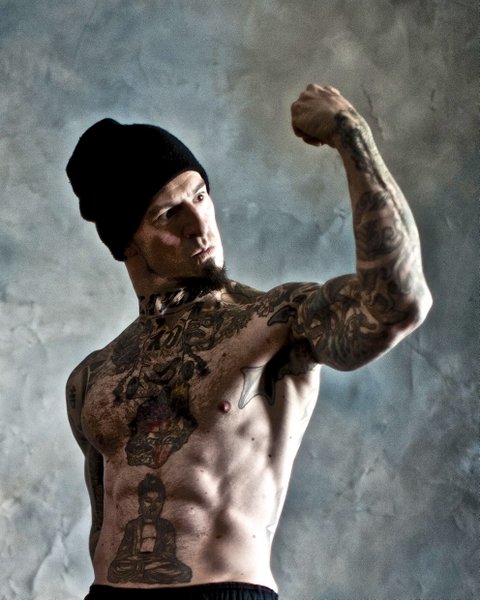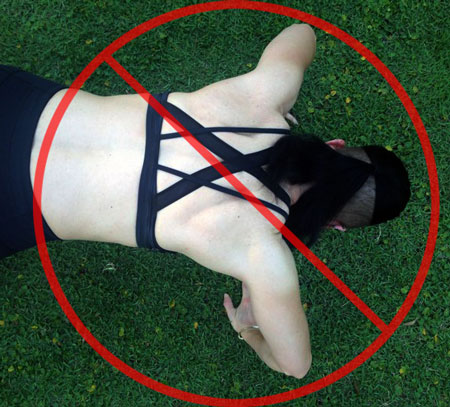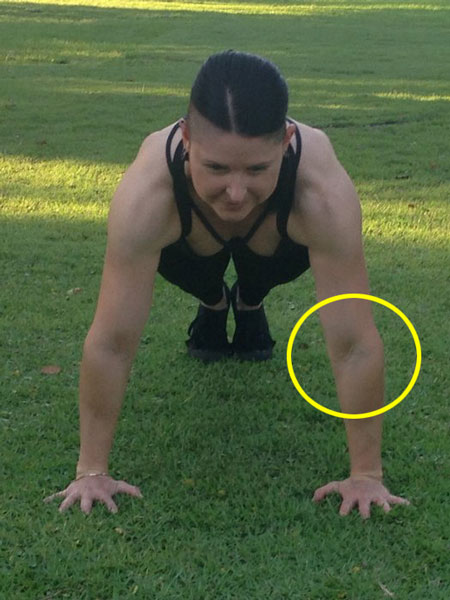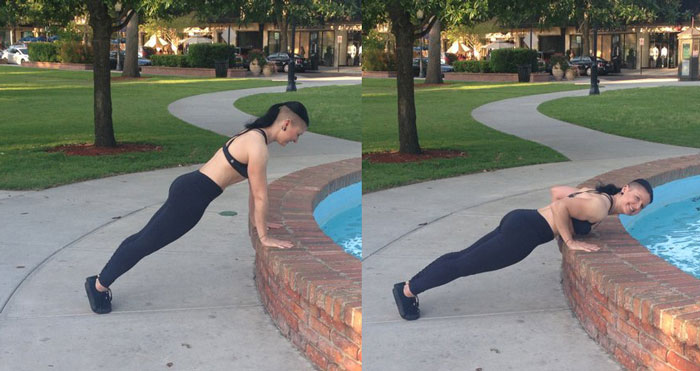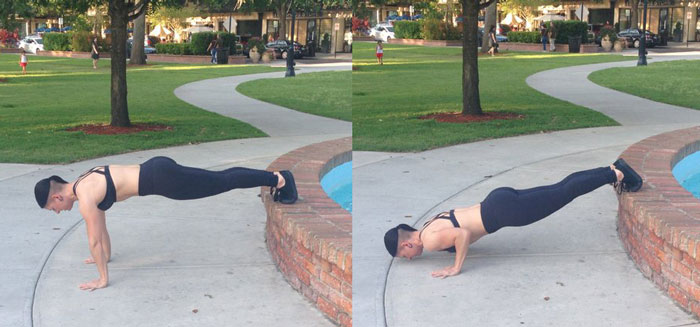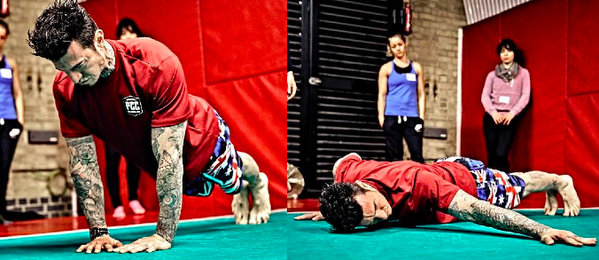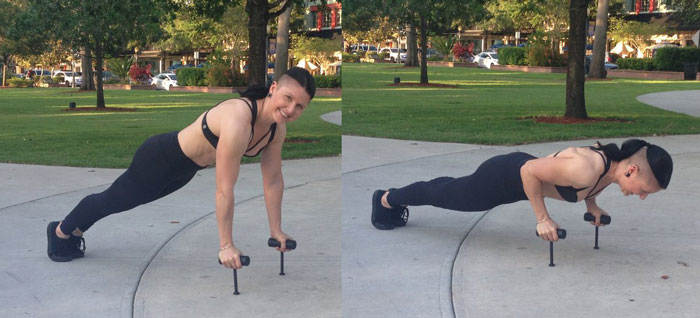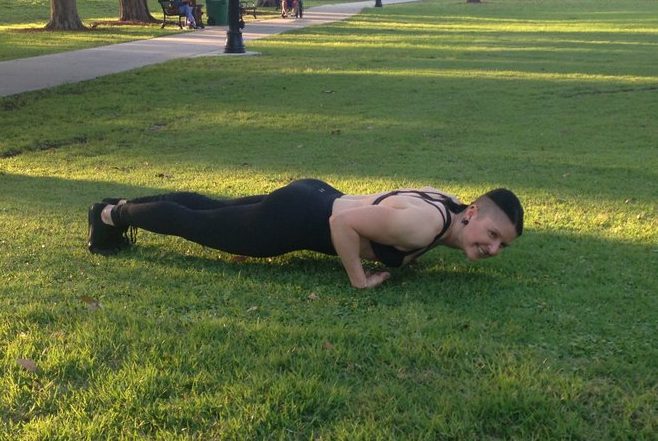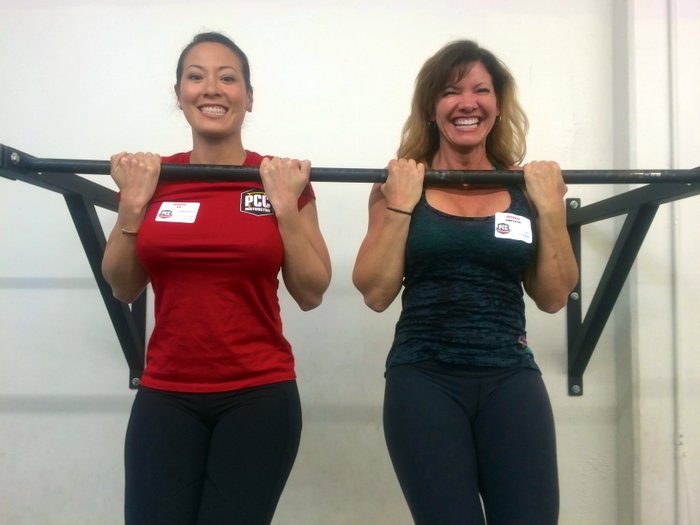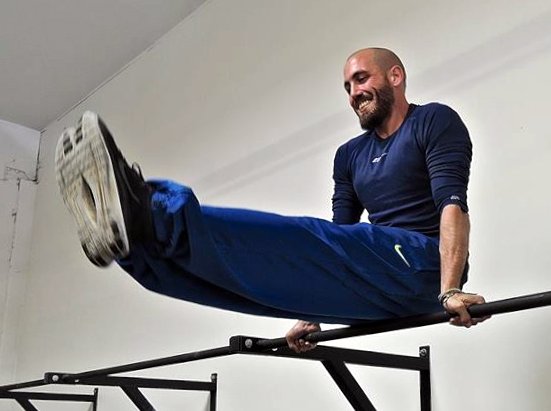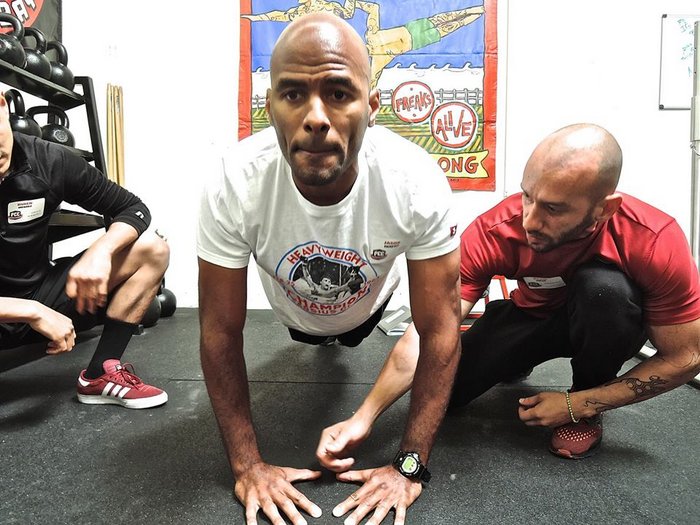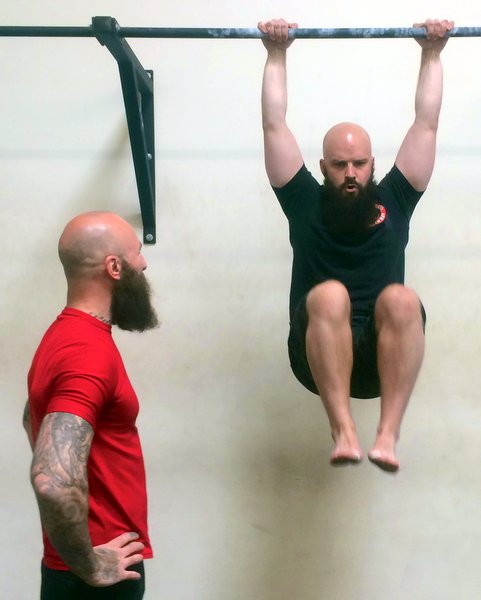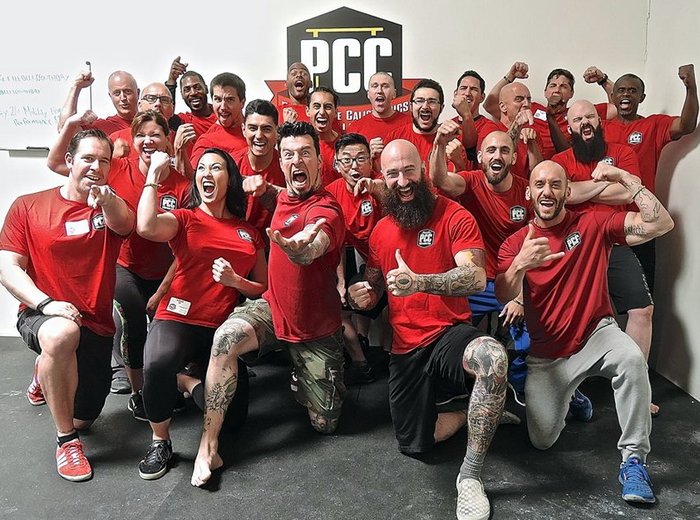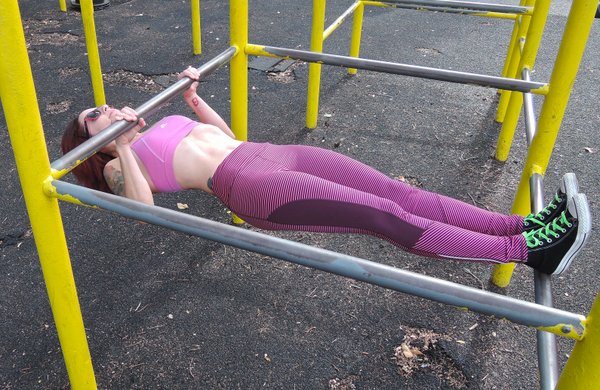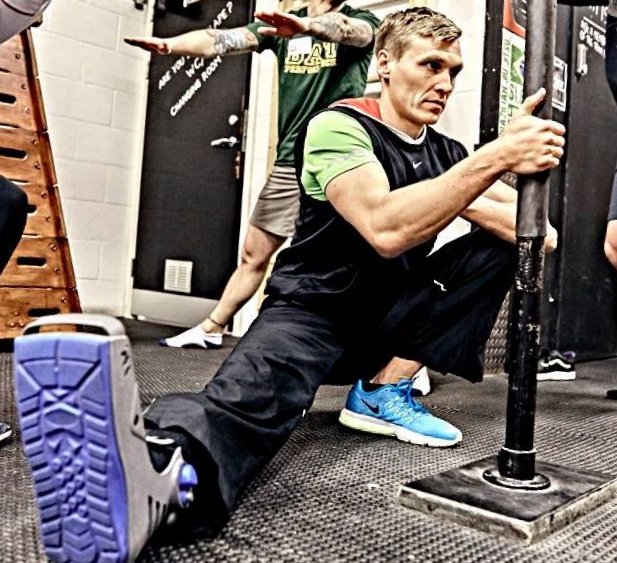 In the life of an athlete, there is a high likelihood that injury will disrupt our training plans at some stage. As much as we try to prevent our bodies from breaking down, and do our utmost to push ourselves to the limit without crossing the line between optimal performance and injury, our fitness journeys don’t always go as planned. But how many of us use an injury as an excuse to feel sorry for ourselves and take a break from training? Don’t fall into that trap; an injury can actually be a fantastic opportunity to reflect, re-evaluate and shift focus to work on a different area of fitness.
In the life of an athlete, there is a high likelihood that injury will disrupt our training plans at some stage. As much as we try to prevent our bodies from breaking down, and do our utmost to push ourselves to the limit without crossing the line between optimal performance and injury, our fitness journeys don’t always go as planned. But how many of us use an injury as an excuse to feel sorry for ourselves and take a break from training? Don’t fall into that trap; an injury can actually be a fantastic opportunity to reflect, re-evaluate and shift focus to work on a different area of fitness.
At the start of this year, my training plans were firmly focused on urban-running events and I was coming to the tapering phase after a high volume period of training. I was making awesome progress, nailing my training targets in the gym and on the road; I was in the best shape of my life! Then, disaster struck. At the end of an urban running race, I slipped and turned my right ankle on a timing mat. What I believed was initially a bad sprain later turned out, to my utter devastation, to be an avulsion fracture to my fifth metatarsal. After consulting a doctor, I knew running for the next 8 weeks was out of the question and my immediate race plans were over. But I also realised there were a number of things I could still do. My focus shifted to an area of fitness I had toyed with in the past but never stuck at for a set period… bodyweight strength training. The park, as opposed to my usual running tracks and paths, became my new fitness home.
New Fitness Goals
Living in Singapore, we are blessed with outdoor fitness parks on every block and consistent warm weather. Calisthenic sessions replaced my running and weight sessions in the training diary and the journey to progress my flag, tighten up my muscle-up and experiment on the bars took off once more.
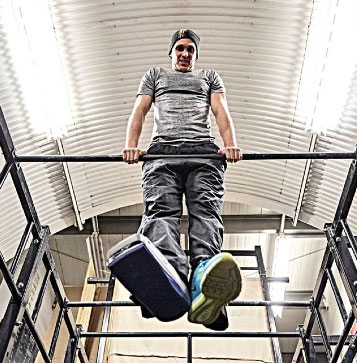 I continued to seek medical advice from my doctor but ‘rest’ from exercise only meant resting from any exercises which could have worsened my injury. Whatever injury or setbacks you have, there will always be some form of training you can do. Even if physical activity was not possible, I knew mental training techniques such as visualization and meditation were always an alternative.
I continued to seek medical advice from my doctor but ‘rest’ from exercise only meant resting from any exercises which could have worsened my injury. Whatever injury or setbacks you have, there will always be some form of training you can do. Even if physical activity was not possible, I knew mental training techniques such as visualization and meditation were always an alternative.
Staying Focused and Keeping Routine
With new goals identified and a revised training schedule in place, I kept to the same training days and times which had served me well previously. Aqua jogging in the pool and rowing also allowed me to keep up a good level of cardiovascular fitness. The temptation to replace training with other lifestyle choices was certainly there and whilst planned breaks from training are always important, this wasn’t the time. I had firmly set my sights on new fitness goals and was fiercely determined to commit this 8-week window to improving them.
“Obstacles are often put in our way to see if what we want is really worth fighting for”
Coincidentally, the above quote is engraved on the Spartan race trophy which I won in the very race I injured myself in. After eight weeks, I was able to return to light running, but in that time I had made excellent progress on a number of bodyweight exercises which I was always keen to develop, but found difficult to fit into my usual training regime. Using the progressions from my PCC manual and knowledge gained on the course, suddenly holding a human flag for more than a split second was a realistic target, and I could perform 10 strict muscle ups without a kip. I knew that shifting the focus back to urban running may slow the excellent progress I’d made with my calisthenics, but I was ecstatic with the improvements regardless. The time off had also reinforced how much I enjoyed running. I was ready to step back into my trainers and hit the running paths with renewed vigour, but also with a new artillery of calisthenic movements in the locker.
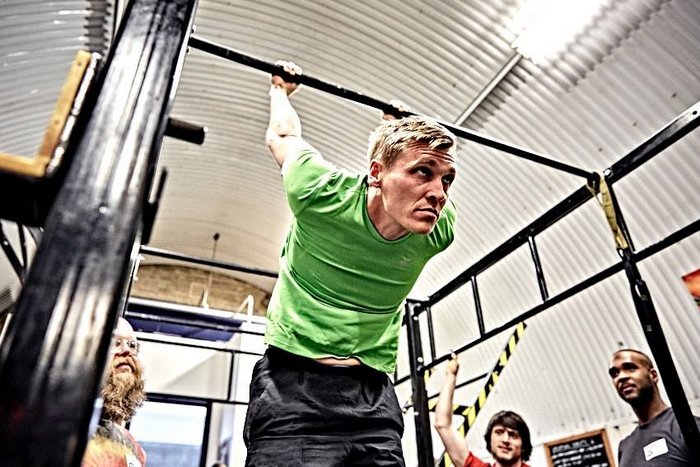 Life Lessons
Life Lessons
When you’re in the flow of a great training regime, slowing down isn’t fun and losing some of your independence isn’t particularly great either. Even though my injury, on the grand scale of things, was fairly minor and relatively short term, my time spent on crutches did teach me some valuable life lessons. It made me appreciate how much I enjoy being active and challenging my body. It certainly made me empathize with those who have permanent mobility problems and athletes who are suffering from long term injuries. But most importantly, it taught me to always focus on what you can do rather than what you can’t. If you look and research enough, you can find a way to keep moving forward. Sometimes this means being adaptable and taking a slightly different path than the one you had planned. By temporarily shifting focus and setting new goals, you might even discover alternative areas of fitness and achieve new targets along the journey.
***
Ian Deeth is a PCC Instructor and teacher, originally from England but now living in Singapore. He is a former Great Britain U23 and Scottish senior international 400 meter runner.
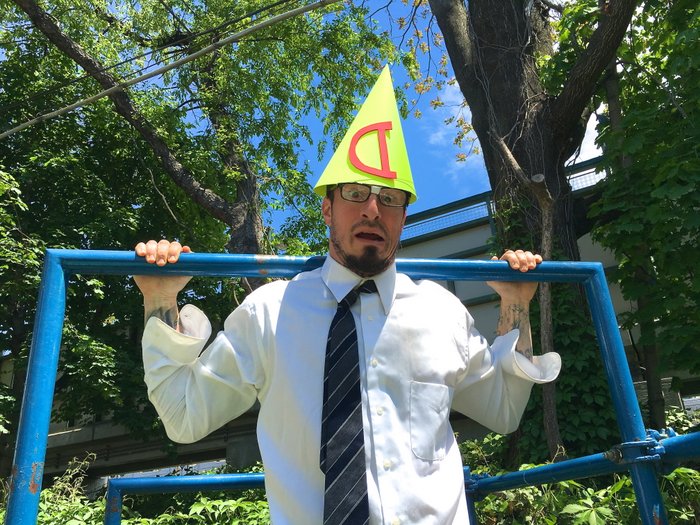
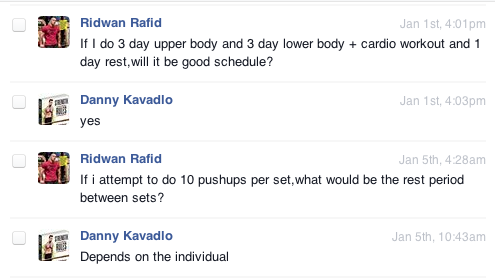


 Guru or douche? The truth is, I’m somewhere in between.
Guru or douche? The truth is, I’m somewhere in between.
 And still, some folks would prefer if I just went away. Well I’m not.
And still, some folks would prefer if I just went away. Well I’m not.

